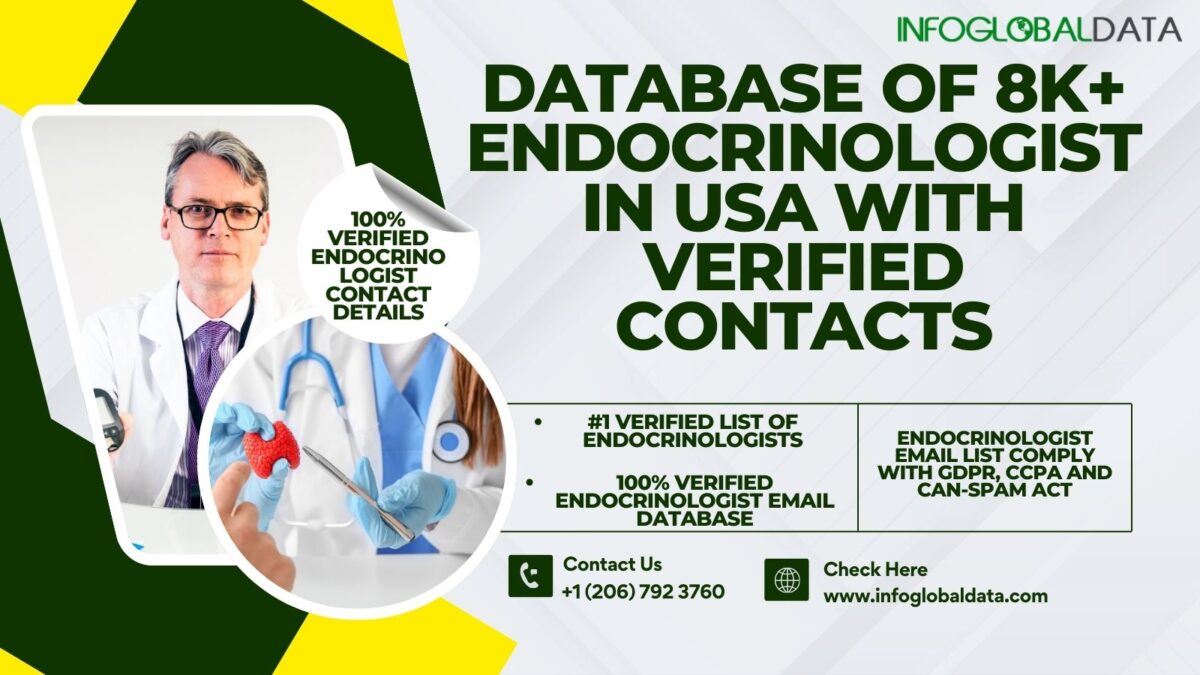what are Hooded eyes and How to fix them?

When it comes to eye shapes, hooded eyes are one of the most misunderstood. Many people with this natural eye shape seek ways to make their eyes look more open, lifted, or defined, often unaware that hooded eyes are not a flaw but simply a unique characteristic. Still, if you’re looking to enhance or modify their appearance—whether for aesthetic or medical reasons—there are plenty of effective options. This article explores what hooded eyes are and the various ways to “fix” or enhance them, from makeup techniques to surgical interventions.
What Are Hooded Eyes?
Hooded eyes are characterized by a fold of skin that droops over the crease of the eyelid, making the lid appear smaller or hidden when the eyes are open. This can create the illusion of a “heavy” eyelid and can sometimes lead to the upper lid appearing less visible. Hooded eyes can be a natural genetic trait (as seen in many ethnic groups, including East Asian populations) or develop over time due to aging, when skin loses elasticity and begins to sag.
It’s important to distinguish between naturally hooded eyes and drooping eyelids caused by medical conditions like ptosis. While hooded eyes are typically harmless and purely cosmetic, ptosis may impair vision and require medical intervention. Click here to learn more about hooded eyes.
Common Concerns With Hooded Eyes
Although hooded eyes are completely normal, some people may feel self-conscious about them, especially when it comes to applying eye makeup. Common concerns include:
-
Eye makeup smudging or disappearing under the fold.
-
Eyes appearing smaller or tired.
-
Eyeliner transferring to the upper lid.
-
Asymmetry between eyes.
How to Fix or Enhance Hooded Eyes
Fixing hooded eyes doesn’t necessarily mean surgery. There are several ways to enhance their appearance, ranging from non-invasive makeup tricks to medical procedures, depending on your goals.
1. Makeup Tips for Hooded Eyes
Makeup is the most accessible and non-invasive way to work with hooded eyes. With the right techniques, you can make your eyes appear more open and lifted.
a. Use a Primer:
Hooded eyes are prone to makeup smudging due to the skin fold. Use an eye primer to prevent eyeshadow and eyeliner from creasing or transferring.
b. Cut Crease Eyeshadow:
Apply a lighter shade on the lid and define a new crease above your natural one using a darker shade. This gives the illusion of a deeper crease and more lid space.
c. Tightlining:
Lining the upper waterline (not the outer lash line) helps define the eyes without taking up lid space.
d. Winged Eyeliner (with a Twist):
Traditional winged eyeliner may get lost in hooded lids. Instead, draw a thin line as close to the lashes as possible, and keep the wing small or slightly upward-angled so it remains visible.
e. Lash Curling and Mascara:
Curled lashes and volumizing mascara can help open up the eyes and draw attention away from the hood.
f. False Lashes or Lash Extensions:
Choose styles that are longer in the center to create the illusion of lifted, rounder eyes.
2. Non-Surgical Treatments
If makeup isn’t giving you the results you want, there are non-surgical options to consider:
a. Botox:
Botox injections in the brow area can lift the brow slightly and reduce the appearance of hoodedness. This treatment usually lasts 3–6 months and involves little to no downtime.
b. Ultherapy or Thermage:
These are non-invasive skin-tightening treatments that use ultrasound or radiofrequency to stimulate collagen production. They can lift and firm the skin around the eyes over time.
c. Plasma Pen (Fibroblast Treatment):
This procedure uses plasma energy to tighten the skin on the eyelids, reducing droopiness without cutting or sutures. It typically requires a few days of recovery.
3. Surgical Solutions
For those seeking a permanent solution, surgical options are also available.
a. Blepharoplasty (Eyelid Surgery):
Blepharoplasty is a cosmetic or functional surgery that removes excess skin, fat, and muscle from the upper eyelids. The result is a more lifted and open appearance. It’s often done under local anesthesia and has a recovery time of about 1–2 weeks.
If the hooding interferes with your vision, insurance may even cover the procedure. Consult a board-certified oculoplastic or cosmetic surgeon to determine if you’re a candidate.
4. Skincare for Prevention
Aging is one of the major causes of acquired hooded eyes. While you can’t prevent natural aging, proper skincare can help maintain skin elasticity:
-
Use a good eye cream with peptides or retinol.
-
Wear sunscreen daily around the eyes.
-
Stay hydrated and avoid rubbing your eyes.
Embrace or Enhance—It’s Your Choice
Hooded eyes are beautiful and common, seen in celebrities like Blake Lively, Jennifer Lawrence, and Emma Stone. Many people choose to embrace them as part of their unique facial structure, while others prefer to enhance their look. Whether you’re using a clever makeup trick or opting for surgery, the key is to choose the method that suits your comfort, needs, and goals.
Ultimately, there’s no “right” way to fix hooded eyes—because they aren’t a flaw. The real fix is finding what makes you feel confident and empowered in your own skin.










